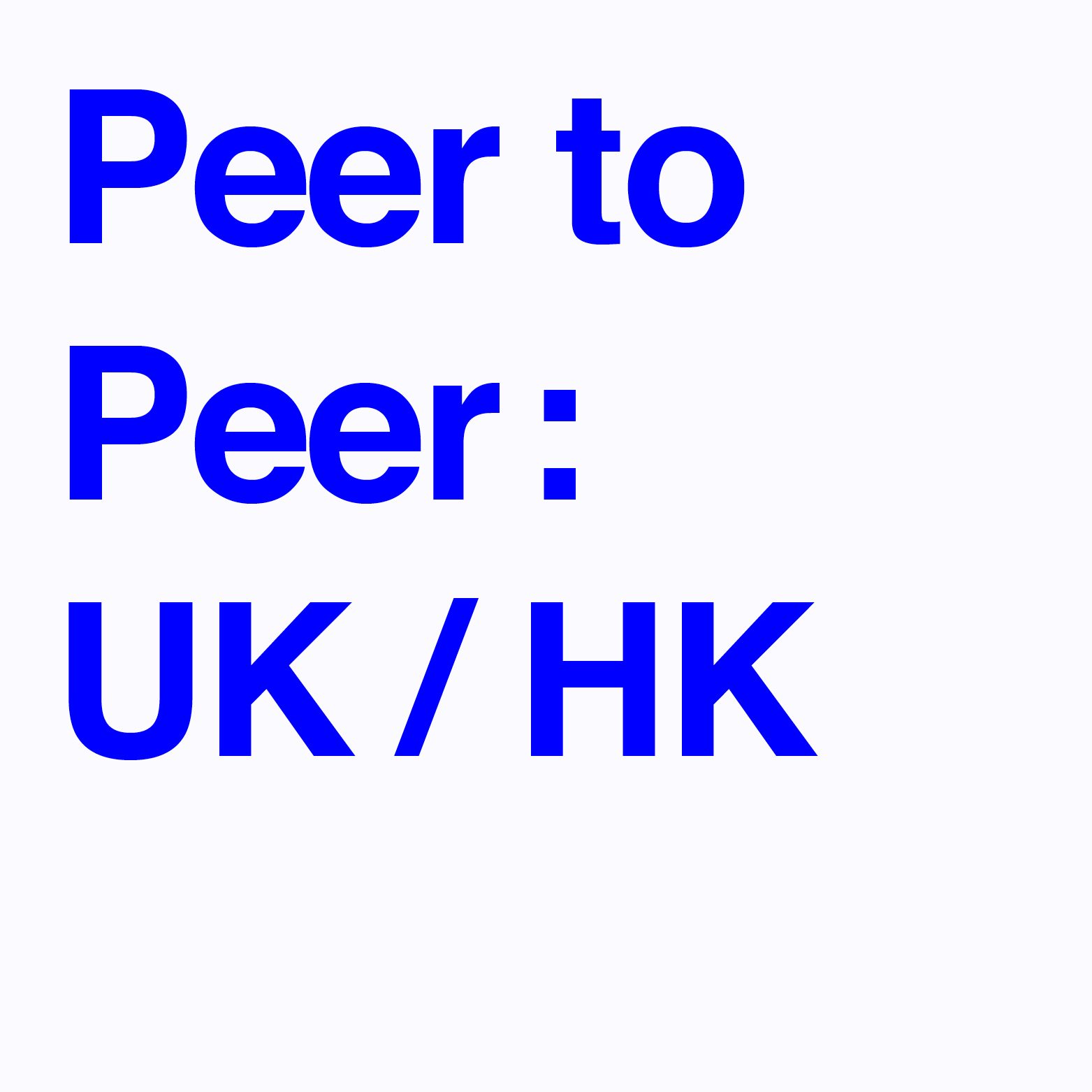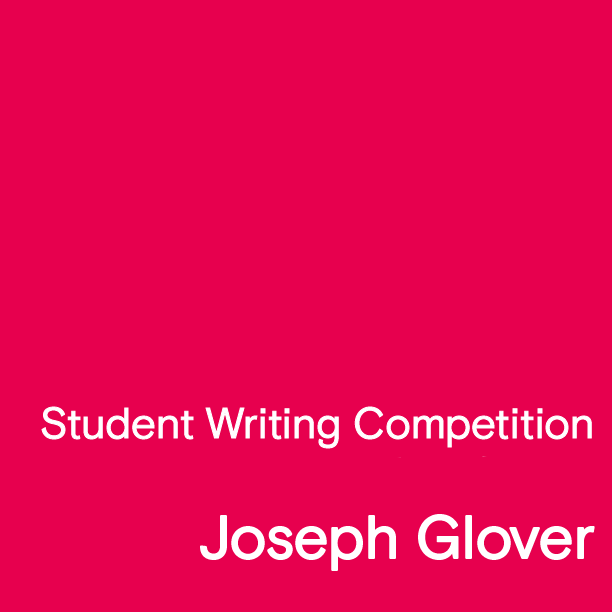A Review of Omid Asadi’s ‘Scuffle Tussle Struggle”.
Samuel Beckett never stopped his translations, writing in his foreign French to translate back to his native English. His urge to be apart form his mother tongue was a choice, a creative tool used to construct his surreal dramas or tragicomedy’s. Works by Beckett, and other writers like him, highlight the myriad possibilities of translation, the benefits of manipulating they way we communicate, searching for the perfect cadence to inform and inspire. But what are the limits to translation? What are the problems of foregoing your mother tongue to communicate in a way that is secondary?
Omid Asadi’s Scuffle Tussle Struggle (2022), made as part of the Peer to Peer: UK/HK exchange programme, begins to unpack these very limitations. As the title suggests, the video performance of Asadi, filmed by Jules Lister, starts by showing the artist grappling with an indistinct object, blurred by bright blocks of light which morph as the artist shapes and moulds and prises.
As the artists hands grip and shape the material in front of him, the bright blocks of light form into characters of their own, English, Persian, Cantonese. They whirl and billow in a kaleidoscopic stream, at times being legible to read, at others, forming a cosmetic skin which coats the performance in a psychedelic plane.
The artist himself then becomes visible, rising behind the moulding block, coating himself in the swirl of language as he still scuffles, tussles, and struggles – hands always moving, trying to both mould and break apart the matter that sits before him.
English is the shared language of the two artists in this collaboration, (Karen Yu being the collaborator) Persian being the mother tongue of Asadi, and Cantonese belonging to Yu. In
Asadi’s performance, what both unites and separates them is merged into a frantic dance of symbols. These layered languages highlight the problematic nature of translation, the difficulty of breaking down and reforming structure, of making visible the intended meaning.
The object Asadi moulds reminds me of the rosetta stone, the two thousand year old decree inscribed into rock, translated into three languages. As Asadi moulds this semi-malleable clay, you
begin to understand that translation isn’t so straightforward. It has twists and turns, and needs to be broken apart and reformed; Asadi shows a struggle, one of restructuring your mother tongue for foreign verse.
Asadi’s plight continues until the object is fully deconstructed. What was once a towering block of material that concealed the artist is now broken into smaller fragments. Asadi is the one bathed in the triology of languages, yet still his hands desperately try to shape and pull apart. You are left wondering if his labour will ever end, or if what he has set out to do a Sisyphean task, destined to continue forever?
As the bright light of the language fades, we are left looking at a deep blue silhouette, head bowed, exhausted, silent. The silhouette sinks and the video fades to black, and we are left
contemplating the struggle we have just seen.
To speak in a foreign tongue, I think, takes more than I have ever known.

